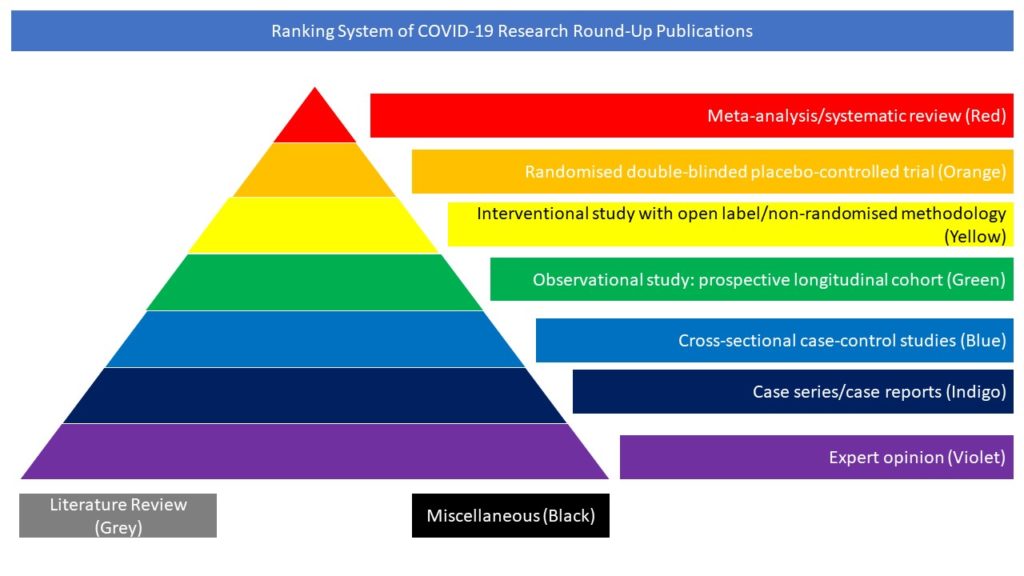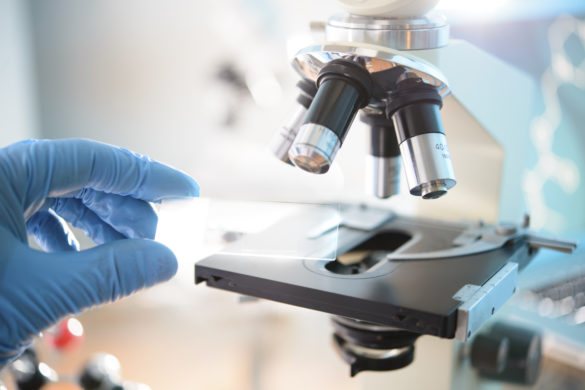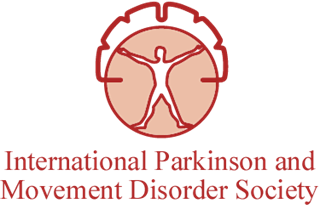Case series/case reports (Indigo)
Read on for our highlighted selection of Covid-related case series or case reports from the scientific press for March 2023:
SARS-CoV-2 triggers pericyte-mediated cerebral capillary constriction
The SARS-CoV-2 receptor, ACE2, is found on pericytes, contractile cells enwrapping capillaries that regulate brain, heart and kidney blood flow. ACE2 converts vasoconstricting angiotensin II into vasodilating angiotensin-(1-7). In brain slices from hamster, which has an ACE2 sequence similar to human ACE2, angiotensin II evoked a small pericyte-mediated capillary constriction via AT1 receptors, but evoked a large constriction when the SARS-CoV-2 receptor binding domain (RBD, original Wuhan variant) was present. A mutated non-binding RBD did not potentiate constriction. A similar RBD-potentiated capillary constriction occurred in human cortical slices, and was evoked in hamster brain slices by pseudotyped virions expressing SARS-CoV-2 spike protein. This constriction reflects an RBD-induced decrease in the conversion of angiotensin II to angiotensin-(1-7) mediated by removal of ACE2 from the cell surface membrane and was mimicked by blocking ACE2. The clinically used drug losartan inhibited the RBD-potentiated constriction. Thus, AT1 receptor blockers could be protective in COVID-19 by preventing pericyte-mediated blood flow reductions in the brain, and perhaps the heart and kidney.
Hirunpattarasilp C, James G, Kwanthongdee J, Freitas F, Huo J, Sethi H, Kittler JT, Owens RJ, McCoy LE, Attwell D. SARS-CoV-2 triggers pericyte-mediated cerebral capillary constriction. Brain. 2023 Feb 13;146(2):727-738. doi: 10.1093/brain/awac272.












